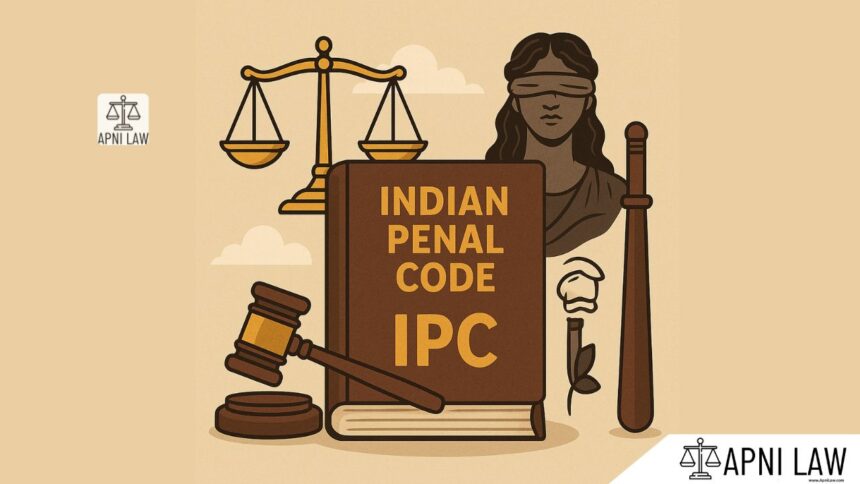Code:
Whoever, being aware of facts which render any assembly an unlawful assembly, intentionally joins that assembly, or continues in it, is said to be a member of an unlawful assembly.
Explanation:
This section deals with the offense of remaining a member of an unlawful assembly, knowing its unlawful nature. The key elements of the offense are:
- Being a member of an unlawful assembly: The individual must be a part of a group of people gathered together for an illegal purpose.
- Knowing it to be unlawful: The individual must be aware that the assembly is unlawful.
- Continuing to be a member: The individual must remain a part of the assembly despite knowing its illegality.
Illustration:
Imagine a group of people gather outside a government building to protest against a new law. They become violent, start vandalizing property, and threaten the police. This becomes an unlawful assembly. If someone is a part of this group and continues to remain in the group despite knowing the assembly is unlawful and violent, they can be charged under Section 142.
Common Questions and Answers:
What is an unlawful assembly?
An unlawful assembly is a group of people gathered together for an illegal purpose, like causing public disturbance, rioting, or committing violence.
What if I don’t know the assembly is unlawful?
If you can prove you were unaware of the assembly’s illegal nature, you might not be charged under Section 142.
What is the punishment for this offense?
The punishment for being a member of an unlawful assembly is imprisonment for up to six months, a fine of up to ₹1000, or both.










